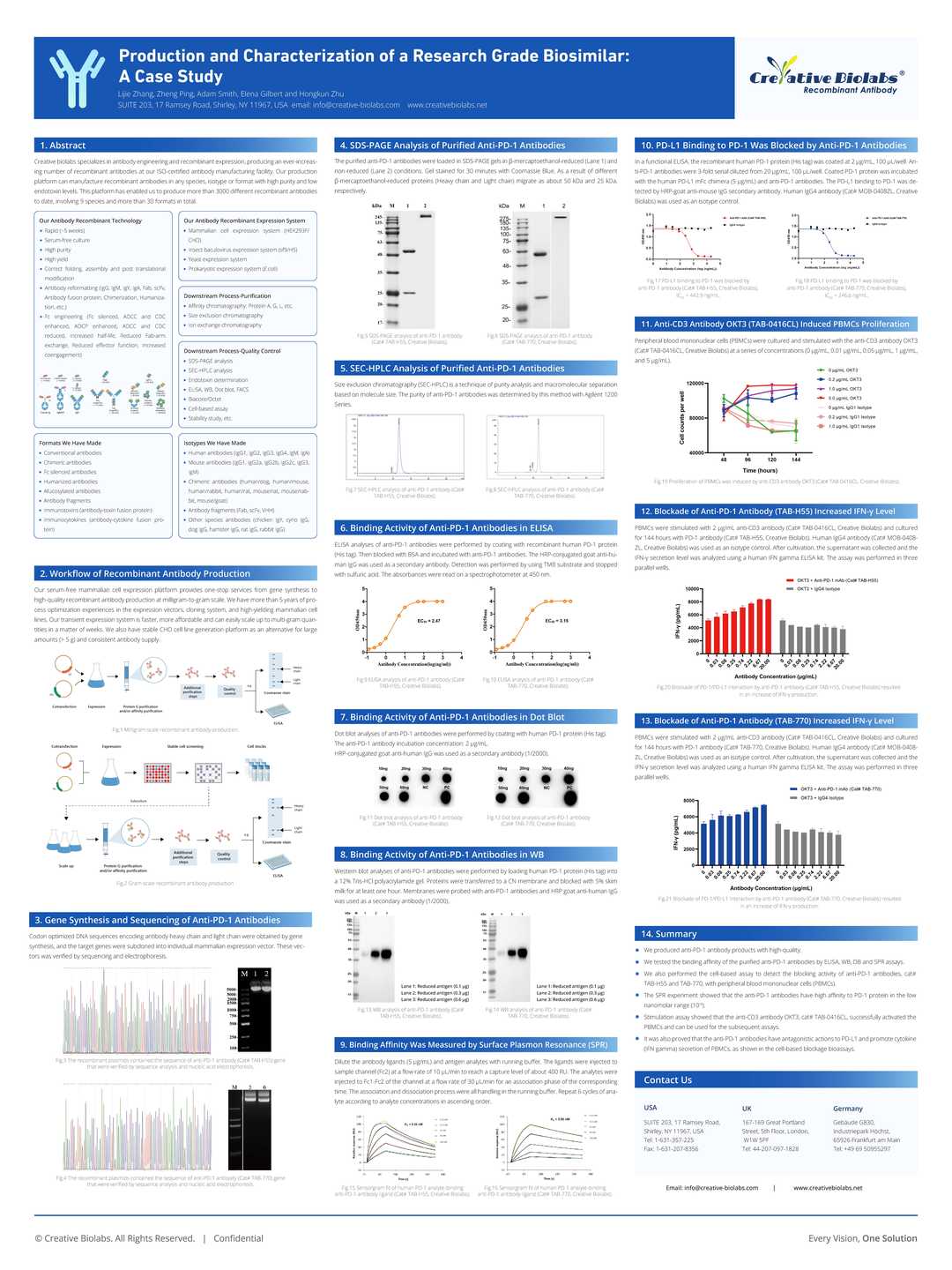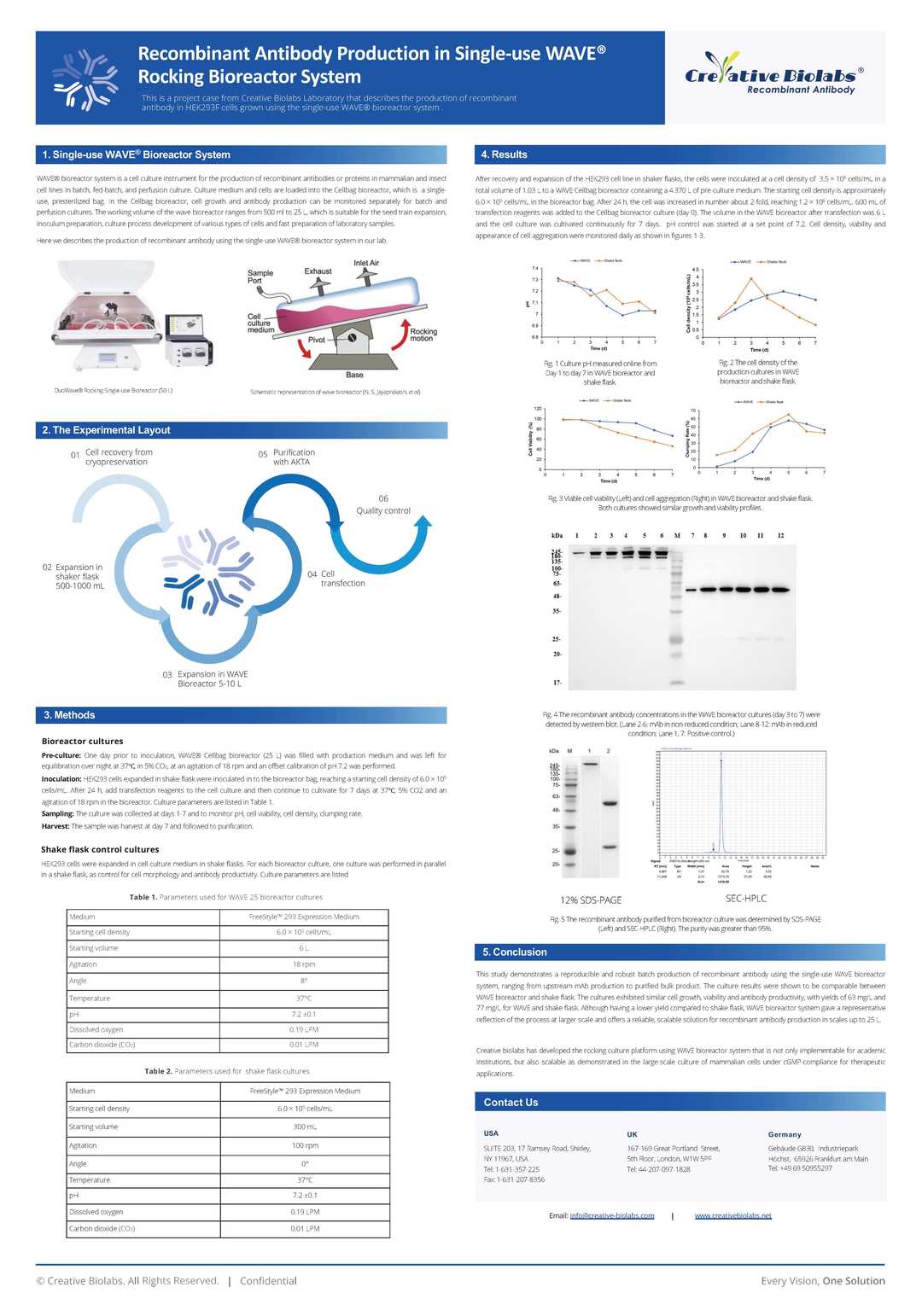Recombinant Llama Anti-TMEM30A Single Domain Antibody (NABL-712CQ)
CAT#: NABL-712CQ
Recombinant llama VHH antibody specifically binds to TMEM30A. It increases transport of pharmacologically active agents across the blood brain barrier, This antibody could be used for increasing transport across the blood brain barrier, and treatment of disorders or diseases having a neurological component.








Specifications
- Host Species
- Llama
- Type
- Llama VHH
- Specificity
- Human TMEM30A
- Species Reactivity
- Human
- Clone
- NABL-712CQ
- Applications
- ELISA
Product Property
- Purity
- >95% as determined by analysis by SDS-PAGE
- Storage
- Store at -20°C for long-term storage. Avoid freeze/thaw cycles.
Applications
- Application Notes
- The antibody was validated for ELISA. For details, refer to Published Data.
Target
Customer Review
There are currently no Customer reviews or questions for NABL-712CQ. Click the button above to contact us or submit your feedback about this product.
Submit Your Publication
Published with our product? Submit your paper and receive a 10% discount on your next order! Share your research to earn exclusive rewards.
Downloadable Resources
Download resources about recombinant antibody development and antibody engineering to boost your research.
Product Notes
This is a product of Creative Biolabs' Hi-Affi™ recombinant antibody portfolio, which has several benefits including:
• Increased sensitivity
• Confirmed specificity
• High repeatability
• Excellent batch-to-batch consistency
• Sustainable supply
• Animal-free production
See more details about Hi-Affi™ recombinant antibody benefits.
Datasheet
MSDS
COA
Certificate of Analysis LookupTo download a Certificate of Analysis, please enter a lot number in the search box below. Note: Certificate of Analysis not available for kit components.
See other products for "TMEM30A"
Select a product category from the dropdown menu below to view related products.
| CAT | Product Name | Application | Type |
|---|---|---|---|
| PABL-712CQ | Human Anti-TMEM30A Recombinant Antibody (PABL-712CQ) | ELISA, FC | Chimeric (llama/human) VHH-Fc |
| CAT | Product Name | Application | Type |
|---|---|---|---|
| VS-0425-YC403 | Recombinant Anti-TMEM30A Vesicular Antibody, EV Displayed (VS-0425-YC403) | ELISA, FC, Cell-uptake |
Popular Products

Application: Neut, ELISA, IF, IP, FuncS, FC, ICC

Application: FuncS, IF, Neut, ELISA, FC, IP, ICC

Application: ELISA, IP, FC, FuncS, Neut, IF, ICC

Application: IP, IF, FuncS, FC, Neut, ELISA, ICC

Application: ELISA, FC, IP, FuncS, IF, Neut, ICC

Application: Neut, ELISA, IF, IP, FuncS, FC, IHC

Application: Neut, ELISA, Inhib, ICC, WB

Application: ELISA, IHC, FC, WB, IF, IA

Application: Neut, ELISA, FuncS

Application: WB, ELISA, FC, IHC, IF, IP
For research use only. Not intended for any clinical use. No products from Creative Biolabs may be resold, modified for resale or used to manufacture commercial products without prior written approval from Creative Biolabs.
This site is protected by reCAPTCHA and the Google Privacy Policy and Terms of Service apply.

























